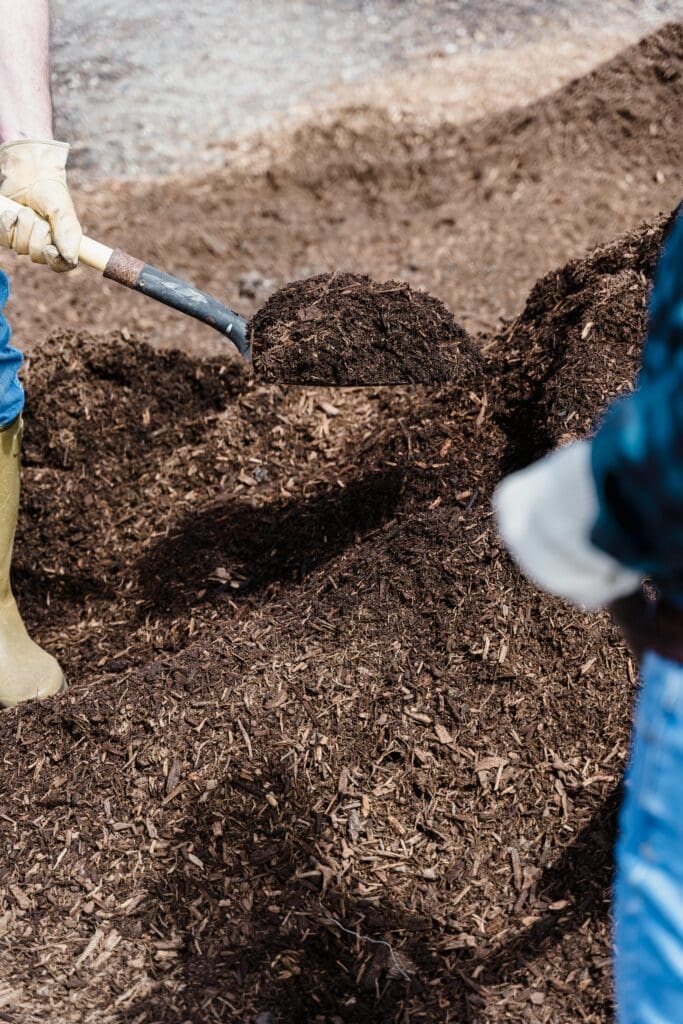Kansas livestock specialist Joel DeRouchey recently discussed composting as a method for disposing of animal mortalities on Agriculture Today. While burial and rendering are options, composting is often necessary due to limited rendering services and environmental restrictions on burial. DeRouchey said proper site selection is crucial to protect groundwater and surface water, requiring compacted clay liners or concrete pads.
“Even if we’re composting in a sensitive groundwater area we have to pay attention to how far down it is to that groundwater and in many cases we’ve got to have either a concrete pad to utilize for that site or we have to have a compacted clay liner. So we’re looking at maybe having 12 inches of compacted clay and the idea is to prevent a barrier so that any seepage doesn’t end up in our groundwater and doesn’t contaminate it,” said DeRouchey.
Another very important consideration is locating somewhere that’s away from any surface water body. The idea again is to protect surface water quality and make sure that anything that might lead away from that composting site doesn’t end up in the surface water.
Composting has been used for decades, especially in swine operations, for disposal and biosecurity. Effective composting requires good drainage, designated bays for layering mortalities, and carbon-rich materials like straw or silage. Maintaining proper temperature and moisture is essential to break down tissue and destroy pathogens. Kansas regulations govern composting sites, so producers should consult the Kansas Department of Health and Environment before setting one up.













